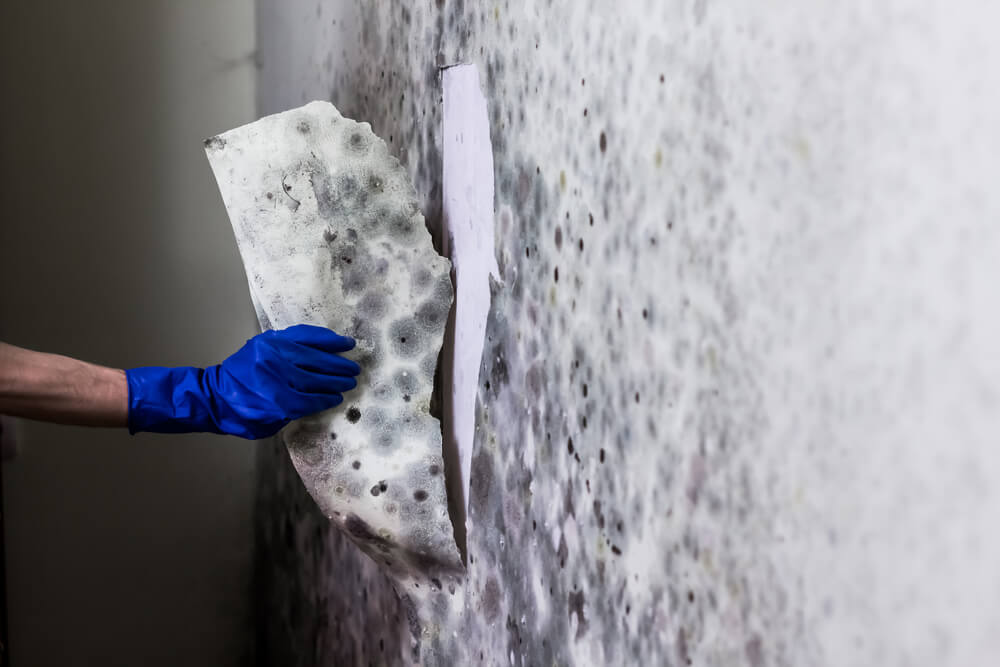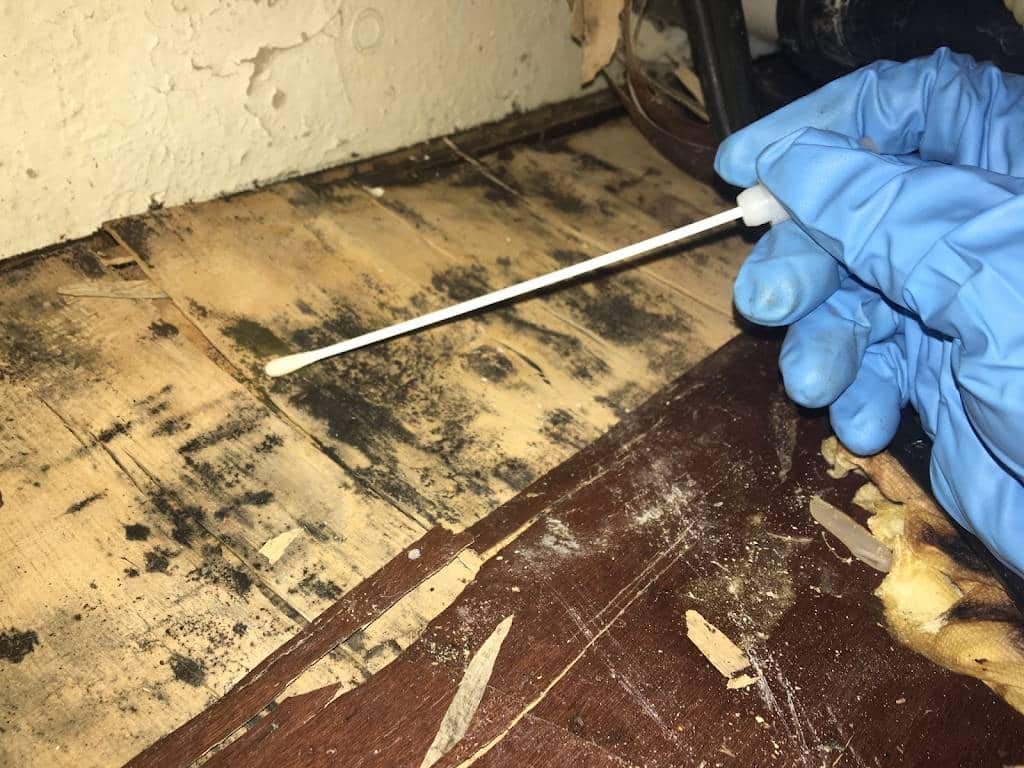Support on What to Do After Mold Remediation
Support on What to Do After Mold Remediation
Blog Article
Trick Tips for Effective Blog Post Mold And Mildew Removal
Successfully finishing mold remediation is a diverse procedure that needs attention to information and adherence to details methods. These steps not only validate the success of the removal initiatives yet also contribute to stopping future mold and mildew development.
Assessment of Treated Areas
Upon conclusion of the mold removal process, a detailed evaluation of the dealt with locations is crucial to make certain the performance of the remediation efforts. This evaluation works as a crucial action in the post-remediation stage to validate that the mold and mildew elimination and cleaning procedures achieved success in getting rid of the mold and mildew infestation and bring back a risk-free indoor atmosphere. The assessment needs to be carried out by certified experts who have the proficiency to evaluate the remediated locations diligently.
These include aesthetic assessments to examine for any type of indicators of mold growth or water damage, wetness degrees to confirm that the area is dry and complimentary of excess humidity that might advertise mold and mildew re-growth, and air high quality testing to make certain that the indoor air is secure to breathe. In addition, the evaluation might entail using specialized devices such as moisture meters and thermal imaging cams to spot covert mold or moisture pockets that can lead to future mold problems if left uncontrolled.

Moisture Control Actions
Efficient dampness control steps are crucial for stopping mold and mildew growth and keeping a healthy indoor atmosphere. To attain this, it is vital to resolve resources of wetness within the building. Proper air flow is key to controlling humidity degrees. Installing exhaust fans in bathrooms and kitchen areas can help eliminate excess dampness. Furthermore, making use of dehumidifiers in moist areas can help lower humidity degrees, making it harder for mold to flourish.
Regularly maintaining the building and evaluating's outside can likewise stop moisture invasion. Post Remediation verification. Guaranteeing that seamless gutters are clear, downspouts straight water away from the foundation, and the roof is in great condition can assist prevent water from leaking right into the building. Effectively sealing doors and windows can additionally help maintain dampness out
In cases where water damages takes place, prompt action is essential. Any kind of leakages or spills should be cleaned up and dried within 24-48 hours to stop mold development. Using dampness meters can aid spot hidden sources of water and make certain thorough drying out. By implementing these wetness control procedures, the risk of mold and mildew reoccurring can be substantially decreased, developing a much healthier indoor setting.
Correct Air Flow Assessment
An essential aspect of making sure a healthy and balanced interior atmosphere blog post mold and mildew remediation is performing a detailed assessment of the air flow system. Post Remediation verification. Appropriate ventilation assessment plays a vital duty in stopping future mold growth and keeping air high quality within the afflicted area. During the evaluation, specialists evaluate the efficiency of the air flow system, looking for any obstructions, leaks, or breakdowns that might hinder proper air flow. It is vital to ensure that the air flow system is adequately sized for the area it serves and that it meets sector requirements for air exchange rates. here are the findings
Moreover, examining the air flow system consists of examining the distribution of air throughout the location to determine any locations of bad flow where dampness and contaminants might collect. Proper air flow not just helps in controlling moisture levels but likewise help in eliminating air-borne mold and mildew spores and other contaminants, therefore enhancing total indoor air top quality. best site By dealing with any ventilation issues upload mold remediation, homeowner can develop a healthier and a lot more comfy setting for occupants while minimizing the threat of mold and mildew re-infestation.
Cleaning and Disinfection Protocols
To make certain extensive mold and mildew remediation, careful adherence to specific cleansing and sanitation procedures is critical. Cleansing and disinfection methods play a vital duty in the post-mold removal phase to protect against the recurrence of mold and mildew development and ensure a safe and healthy setting.
Additionally, implementing preventive measures such as using mold and mildew inhibitors and preserving correct air flow can help decrease the threat of future mold problems. By following rigorous cleaning and disinfection methods, home owners can guarantee the successful obliteration of mold and mildew and develop a healthy indoor setting for residents.
Monitoring and Upkeep Plan
Implementing a normal surveillance and maintenance strategy is necessary for making certain the long-term efficiency of mold and mildew removal efforts. As soon as mold and mildew remediation is completed, it is essential to establish a tracking schedule to assess the success of the removal procedure. This involves on a regular basis checking the formerly impacted areas for any type of indications of mold and mildew reoccurrence or water damage. look at here By carrying out regular checks, any type of new mold development can be quickly recognized and attended to, preventing a reoccurrence of the preliminary problem.
Additionally, establishing a maintenance strategy is essential to avoid future mold and mildew problems. This strategy might include actions such as fixing plumbing leakages, boosting ventilation, and regulating interior moisture levels. Normal upkeep not just helps in stopping mold and mildew yet likewise adds to maintaining a healthy interior setting. It is a good idea to record all monitoring and maintenance activities to track development and make certain uniformity in the upkeep of the remediated areas. By executing a detailed tracking and maintenance strategy, the risk of mold and mildew re-emergence can be substantially decreased, promoting a secure and clean living or working atmosphere.
Final Thought
Finally, successful post mold and mildew removal involves detailed assessment of treated areas, implementation of dampness control procedures, assessment of appropriate ventilation, adherence to cleaning and sanitation protocols, and facility of a surveillance and upkeep plan. These key steps are necessary to ensure that mold development is efficiently removed and avoided from reoccuring in the future. By following these guidelines, property proprietors can keep a healthy and balanced and risk-free atmosphere for occupants.
Upon conclusion of the mold remediation procedure, a comprehensive assessment of the dealt with locations is necessary to make sure the efficiency of the removal initiatives. These consist of aesthetic analyses to inspect for any type of indicators of mold growth or water damages, wetness degrees to verify that the location is cost-free and completely dry of excess humidity that could advertise mold re-growth, and air quality screening to guarantee that the indoor air is risk-free to take a breath. Additionally, the examination may include making use of specialized tools such as wetness meters and thermal imaging electronic cameras to discover covert mold and mildew or wetness pockets that can lead to future mold troubles if left uncontrolled. By resolving any type of air flow problems post mold removal, residential or commercial property owners can create a much healthier and more comfy setting for passengers while lowering the threat of mold and mildew re-infestation.

Report this page